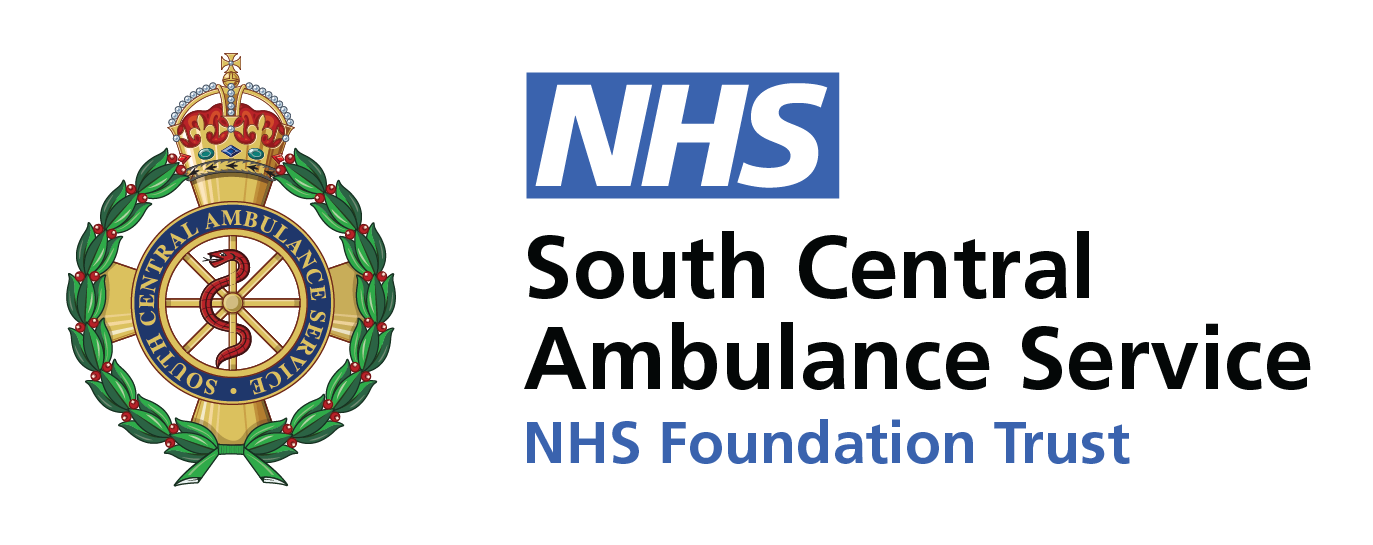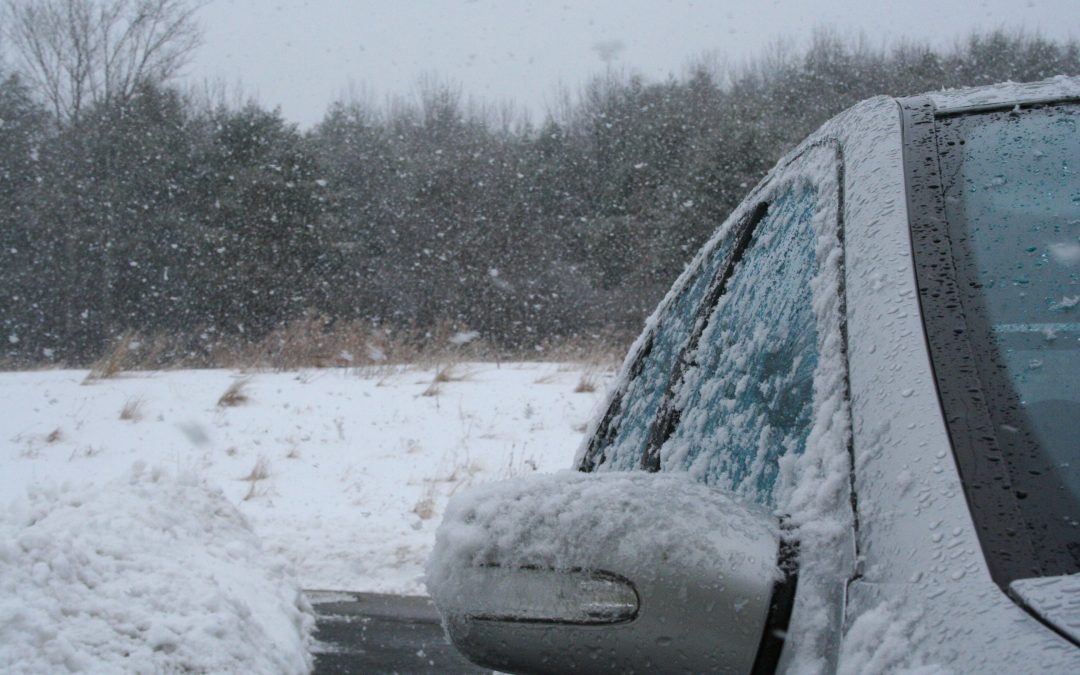Driving in winter
In the UK most people can start learning to drive when they’re 17. If you are a novice driver you will find winter driving quite daunting. Here are some great safety tips.
Icy pavements and roads can be very slippery. Take extra care if you go out. The Met Office advises putting grit or cat litter on paths and driveways to lessen the risk of slipping. It adds that you should wait until the roads have been gritted if you’re travelling by car.
Bear in mind that black ice on pavements or roads might not be clearly visible, and that compacted snow may turn to ice and become slippery. Jon Porter, Driving Standards Manager for South Central Ambulance Service NHS Foundation Trust, said:
‘If you have to drive in icy and snowy conditions please ensure you have sufficient fuel for your journey and that you have a mobile phone, icescraper, de-icer, blanket, shovel, jump leads, warning triangle, hi-viz jacket or vest, hot flask and food in the event of getting trapped.
‘Remember gentle manoeuvres are the key to safe driving in ice and snow and stopping distances can be up to ten times longer! Select second gear when pulling away, easing your foot off the clutch gently to avoid wheelspin.
Once moving try to maintain a constant speed, choosing the most suitable gear in advance to avoid having to change down while climbing or descending hills and gradients. Ensure your boots or shoes are cleaned of snow and ice underneath to ensure your safety getting in and out of the vehicle and also to ensure they do not slip on the pedals whilst driving.
‘If you do get stuck, straighten the steering and clear the snow from the wheels. Put a sack or old rug in front of the driving wheels to give the tyres some grip. Once on the move again, try not to stop until you reach firmer ground.’

